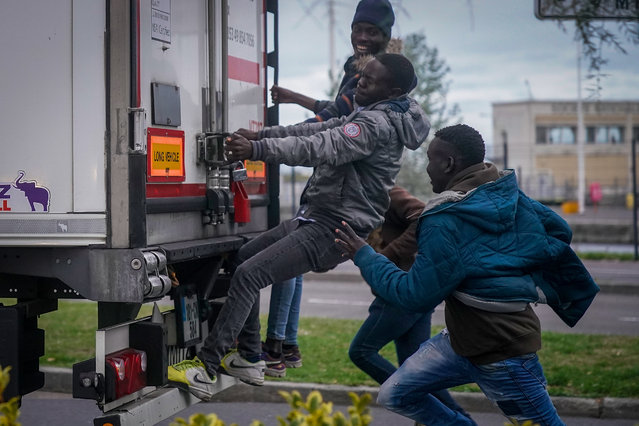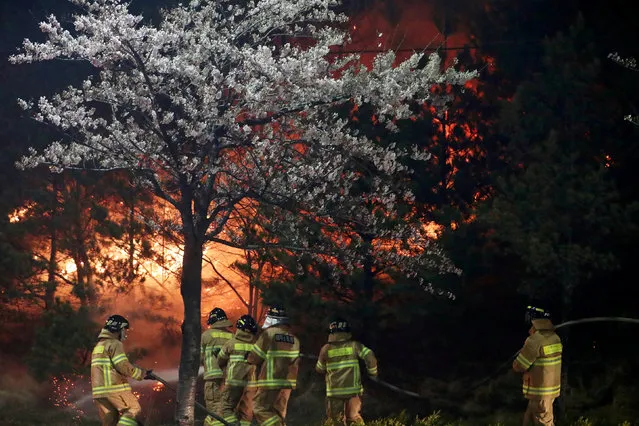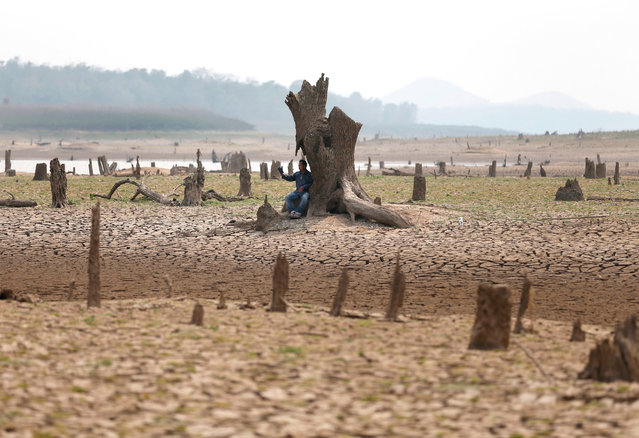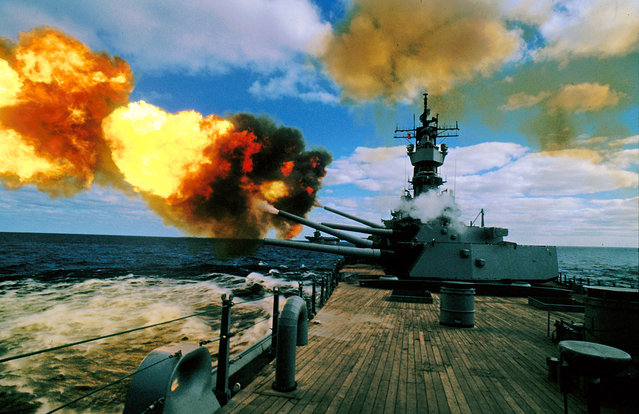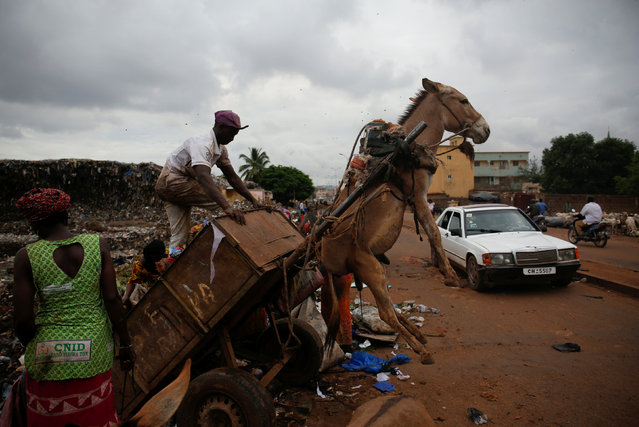
“Joker” movie production tries to hide Joaquin Phoenix's clown make-up and green hair with umbrella and a long black cloth over his head as he was walking with the help of assistant and bodyguard to the set of “Joker” filming at a Bronx train station on September 22, 2018. (Photo by The Mega Agency)
09 Oct 2018 00:05:00,post received
0 comments

